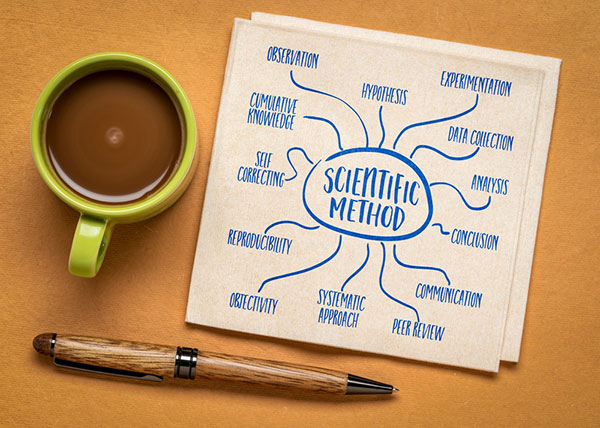Get going
You have two main roles as a peer reviewer – you are assessing whether the author’s paper supports the claims that they are making, and you are helping the journal’s editor to decide whether this paper is suitable for publication in this particular journal.
When you first start reading this paper, it is helpful to try and clarify:
- What is the main research question?
- What did the authors do to answer this question?
- How does the study fit in with what is already known in the literature?
- What are the main findings of the study and, importantly, what evidence do the authors give to support these?
You are likely to need to read the paper at least a couple of times. Some people prefer to read the paper from start to finish, while others might take it in a different order – looking at the abstract and introduction to see what the authors are setting out to do, then looking at the results (along with any figures and tables) to see what they actually found out, and then seeing what conclusions they draw from these results. Make sure you take plenty of notes while you are reading as this will help you when you are writing your review.
Other things you might want to think about while reviewing the paper are:
Clarity and quality of writing – this doesn’t mean that you need to edit the article as you might do a colleague’s document, but if the writing needs to be improved, a statement saying that is helpful for the editor.
Plagiarism – most journals use software to detect plagiarism, but there is no substitute for professional knowledge. If you suspect that parts of an article have been plagiarised, let the editor know immediately. If there is a separate section of the review form for confidential comments to the editor, include your concerns there as well.
References – are these current? Are there any obvious omissions that you would expect to see given the topic of the article?
Once you have covered this, read the journal’s publication criteria and reviewers’ guidelines again before you make your decision and write your review.
Writing your review
Remember – your review will have two different readers – the editor and the authors. If the peer review process is double blind, your review will be anonymised before it is sent to the authors. The editor may not include all of your comments if some of them relate to points that will be sorted out in the editorial process – the editor is keen to make it as straightforward as possible for the author to revise the article.
Whatever the requirements of the specific journal, your review is likely to consist of three main parts:
- Summary of the research, your overall impressions and your recommendation for the editor. Major issues – aspects that are fundamental for this paper and need to be addressed before the work could be considered suitable for publication
- Minor issues – aspects that would improve the impact of the work if it were published, such as data presentation, typos and grammatical issues, or additional references that might be needed.
Make sure that your comments are clear, constructive and consistent, as this will help the editor and authors. If there are aspects of the paper that you like or are impressed with, don’t be afraid to state this too, as this is equally important for both editor and authors.
Once you have done this and checked the guidelines, you are ready to submit your review. Do try and stick to the deadlines, and if you’re going to need longer, tell the editor so that they know what to expect. You are more likely to be asked to review papers in future if you write a constructive review and if you submit it on time.
Further reading
PLOS Peer Review Center (2025) PLOS – For Reviewers.
https://plos.org/resources/for-reviewers/ (accessed 6 August 2025)
Sear R (2020) What makes a good or a bad peer review? Tips for excelling at reviewing.
https://royalsociety.org/blog/2020/02/what-makes-a-good-or-bad-peer-review/ (accessed 6 August 2025)

